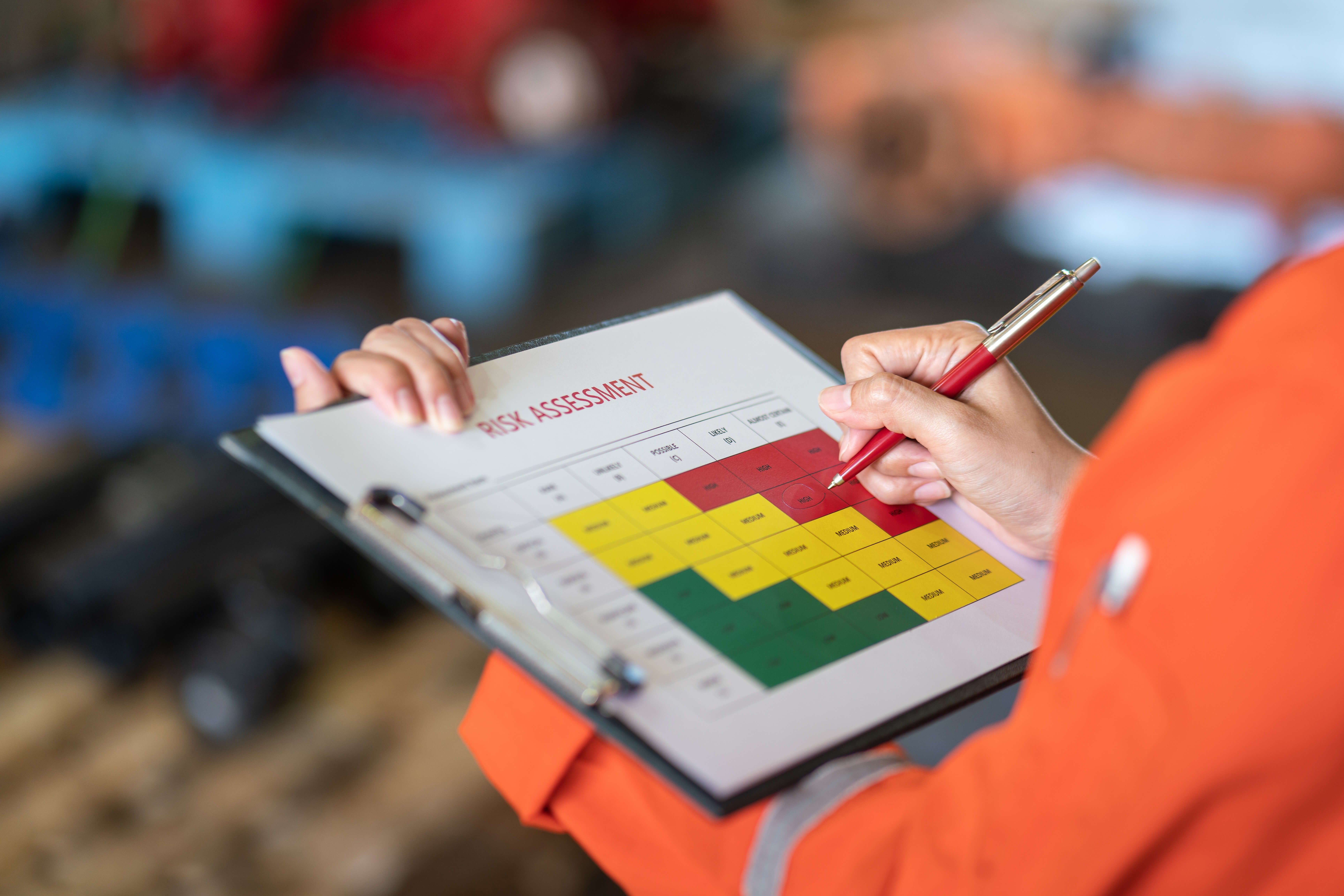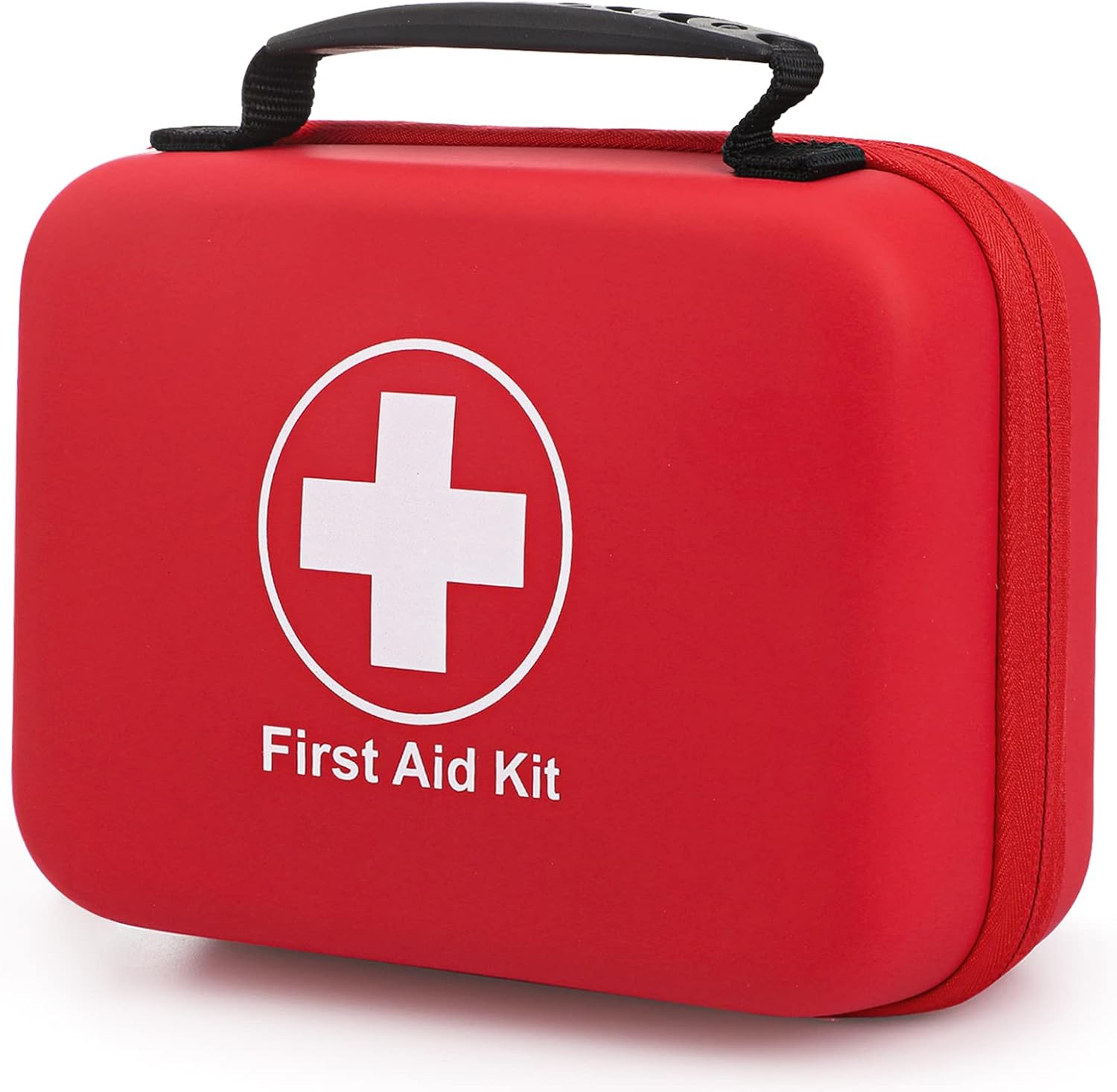Creating a safe environment is essential for everyone involved in hockey, from players and coaches to volunteers and spectators. That’s why completing and regularly reviewing risk assessments is a vital part of preparing for any hockey activity.
Whether your club owns its facilities or hires them from a local provider, it is your responsibility to ensure they are as safe as possible. Risk assessments help identify potential hazards and put in place sensible steps to reduce the chance of injury or harm.
England Hockey recommends that a risk assessment is completed:
- At the start of every season for each facility used
- Prior to delivering any hockey activity
- Whenever there is a significant change (e.g. new venue, extreme weather, or updated guidance)
To support you, England Hockey have developed templates and examples for both outdoor and indoor environments.
-
A risk assessment is a process of identifying potential hazards in a hockey environment, evaluating the likelihood and severity of harm, and putting in place measures to manage those risks.
-
Risk assessments should be completed by the person or people responsible for the delivery of the activity — usually coaches, team managers, or club officials. It’s also good practice to involve others (e.g. volunteers or facility staff) who understand the venue or session context.
-
- At the start of each season for every facility you use
- Before each hockey activity, especially in changing conditions (e.g. weather or lighting)
- When circumstances change, such as using a new pitch or running a different type of event
-
Yes. Even if the facility is managed by a third party, it’s your responsibility to assess its suitability for hockey and ensure it is safe for your members during your hire period.
-
England Hockey provides downloadable risk assessment templates.
These cover both indoor and outdoor settings and offer guidance on typical hazards to consider. -
Yes. Keeping a record is important for accountability, future reference, and in case of any incidents. It also demonstrates good governance and duty of care.
-
Some common examples include:
- Poor pitch condition (e.g. debris, ice, water pooling)
- Damaged or unsafe goals or equipment
- Inadequate lighting
- Uneven surfaces or surrounding areas
- Weather-related hazards
- Participant health issues or medical needs
-
If a serious risk is identified, the activity should not go ahead until the risk has been removed or adequately managed. Safety should always come first.




